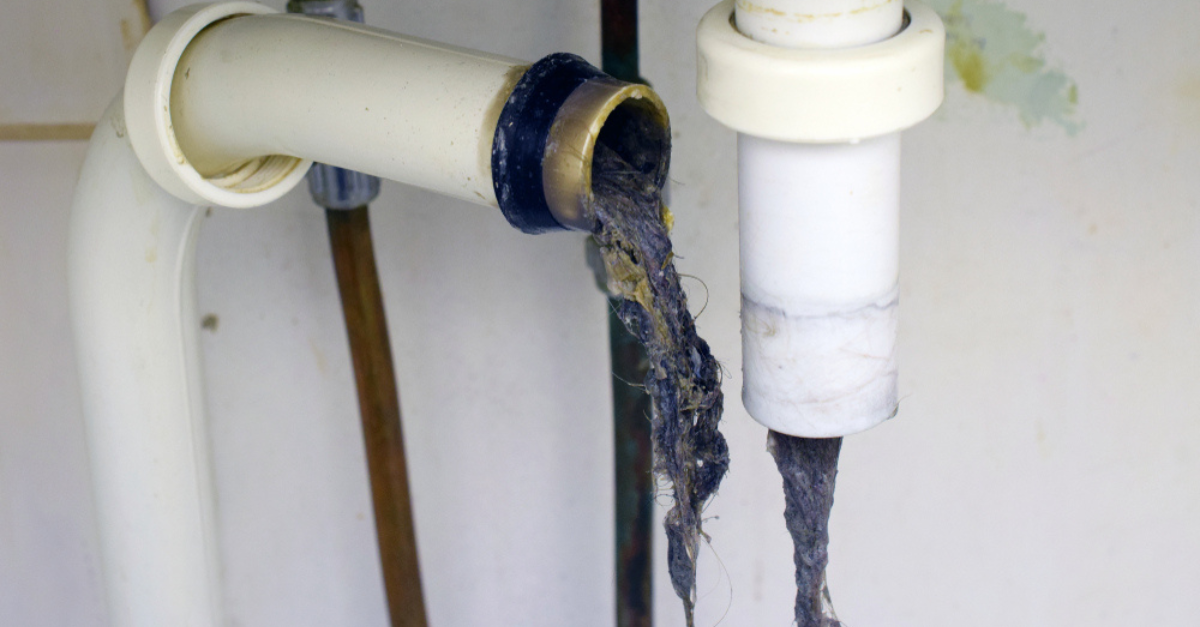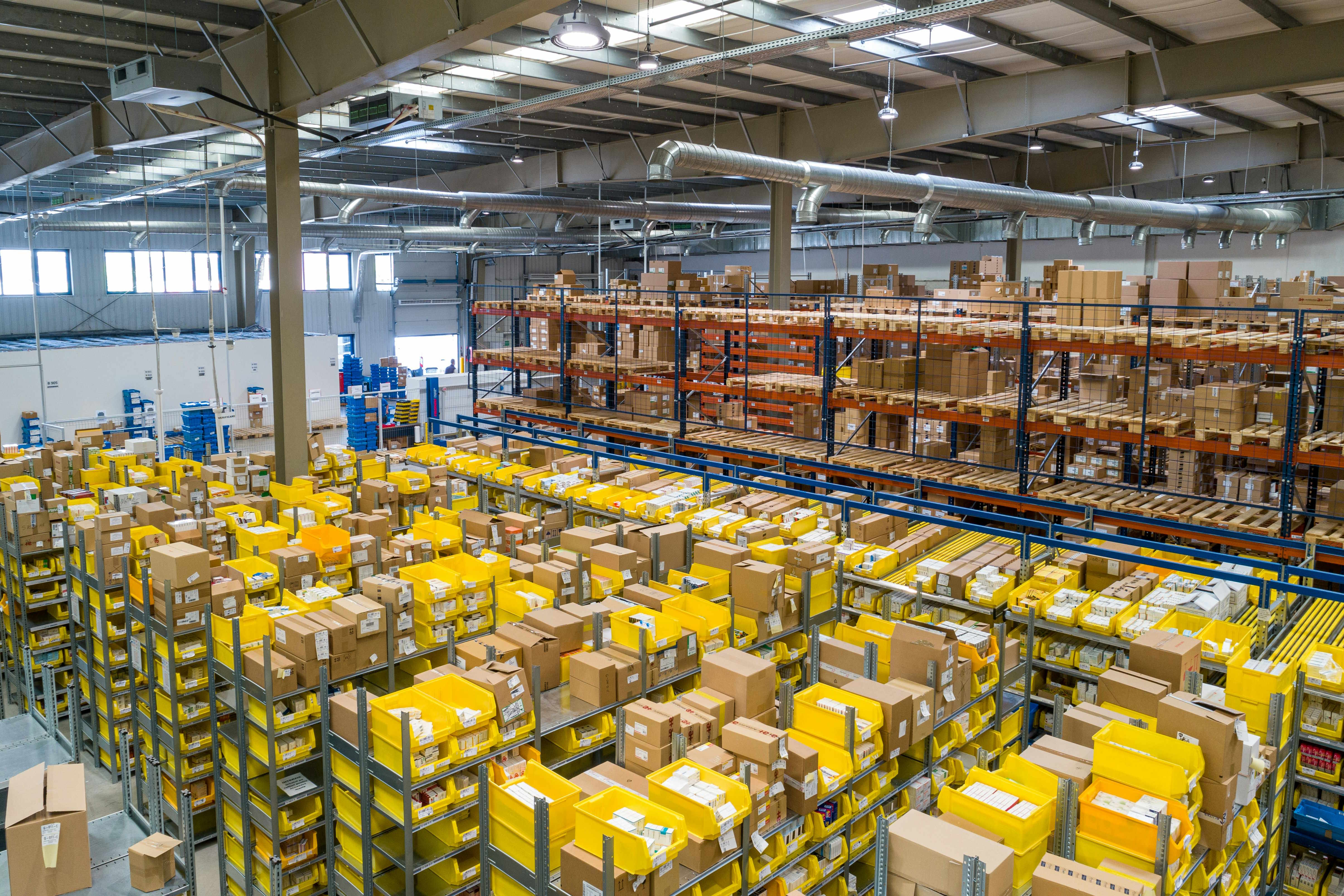Sewer Line Cleaning: Essential Maintenance for a Healthy Home
Sewer line cleaning is a crucial aspect of home maintenance that often goes overlooked until a problem arises. This vital service ensures the proper functioning of your home's waste disposal system, preventing backups, foul odors, and potential health hazards. Regular sewer line cleaning can save homeowners from costly repairs and maintain the overall hygiene of their living spaces.

Why is regular sewer line maintenance important?
Regular maintenance of your sewer lines is essential for several reasons. First, it prevents costly emergencies that can occur when pipes become severely clogged or damaged. Second, it helps maintain the overall health of your plumbing system, ensuring efficient waste disposal and reducing the risk of backups into your home. Lastly, clean sewer lines contribute to a healthier living environment by preventing the growth of harmful bacteria and eliminating foul odors that can arise from stagnant sewage.
What are the signs that your sewer line needs cleaning?
Several indicators suggest your sewer line may require cleaning:
-
Slow draining sinks, showers, or toilets
-
Gurgling sounds from drains or toilets
-
Foul odors emanating from drains or your yard
-
Sewage backups in toilets, sinks, or basement drains
-
Wet or lush patches in your yard, which may indicate a leaking sewer line
If you notice any of these signs, it’s crucial to contact a professional plumber for an inspection and potential sewer line cleaning.
How is sewer line cleaning performed?
Professional plumbers use various methods to clean sewer lines, depending on the severity of the blockage and the condition of the pipes. Some common techniques include:
-
Hydro jetting: This method uses high-pressure water to blast away debris and buildup inside the pipes.
-
Snaking: A long, flexible auger is inserted into the pipe to break up and remove clogs.
-
Camera inspection: A small camera is sent through the pipes to identify the location and nature of the blockage.
-
Rooter service: Specialized equipment is used to cut through tree roots that may have infiltrated the sewer line.
How often should sewer lines be cleaned?
The frequency of sewer line cleaning depends on various factors, including the age of your home, the condition of your pipes, and your household’s habits. As a general guideline, experts recommend having your sewer lines professionally cleaned every 18 to 22 months. However, homes with older plumbing systems or those prone to frequent clogs may require more frequent cleaning.
What are the costs associated with sewer line cleaning?
The cost of sewer line cleaning can vary depending on several factors, including the severity of the blockage, the length of the pipe, and the cleaning method required. Here’s a general overview of the costs associated with different sewer line cleaning services:
| Service | Description | Average Cost Range |
|---|---|---|
| Basic Drain Cleaning | Simple clogs in sink or toilet drains | $100 - $300 |
| Sewer Line Snaking | Clearing minor to moderate blockages | $150 - $500 |
| Hydro Jetting | Thorough cleaning of severe blockages | $300 - $800 |
| Camera Inspection | Visual assessment of sewer line condition | $200 - $500 |
| Rooter Service | Removal of tree root intrusions | $300 - $900 |
Prices, rates, or cost estimates mentioned in this article are based on the latest available information but may change over time. Independent research is advised before making financial decisions.
It’s important to note that while the upfront cost of professional sewer line cleaning may seem significant, it is often far less expensive than dealing with the consequences of a severely clogged or damaged sewer line. Regular maintenance can prevent costly emergencies and extend the life of your plumbing system.
In conclusion, sewer line cleaning is an essential aspect of home maintenance that should not be overlooked. By understanding the importance of this service, recognizing the signs that indicate the need for cleaning, and being aware of the associated costs, homeowners can take proactive steps to maintain their sewer lines and ensure a healthy, efficient plumbing system for years to come.






